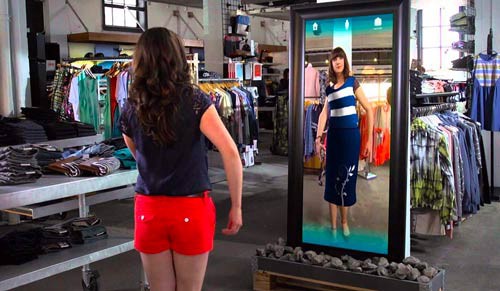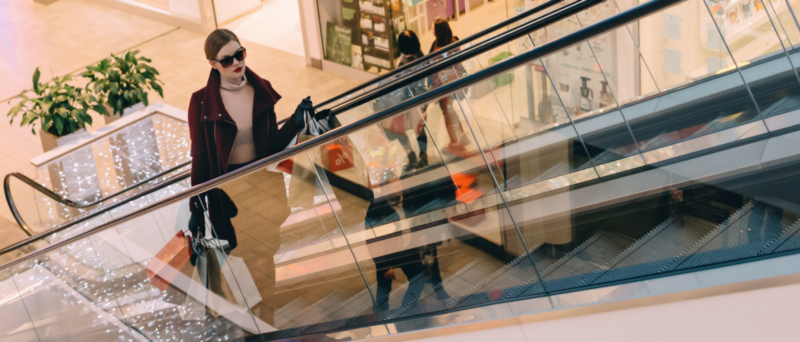Every year around the holidays, retailers gear up for billions of dollars in merchandise returns. A recent study released by The Retail Equation identifies the day after Christmas as the busiest return day in all of 2014. Soft good retailers tend to see the biggest jumps in return index following the holiday season. These retailers absorb the cost of returned items which cannot be resold. Recent advances in Augmented Reality could soon lead to the use of in-store 3D body scans to virtually try on clothing. Ambarish Mitra noted, “It’s inevitable that being able to virtually try on 20 items in three minutes will increase sales and reduce return rates… As technology is streamlined and mainstreamed, we’ll see augmented reality enabling real problem solving, amounting to higher profits and overall stronger margins for the retailer.”
Me-Ality is one startup that contributing to this shift in the retail industry. Imagine a fitting room similar to digital scanning booths at airports. A quick scan analyzes a customer’s 3d shape and Me-Ality creates a personalized shopping experience based on fit. Customers interact with a touchscreen product catalog which renders customized product and size recommendations.

Rendering of future AR body scanning retail interface
Retail body scanning devices were tested in 2011 at Bloomingdale’s and Levi’s locations in over 70 malls. Let’s look closer at how these booths work. A customer steps inside and an electronic wand makes several rotations, capturing 200,000 body measurements with radio waves. This efficient and accurate technology offers shoppers a way to find their best size and fit within current inventory. Me-Ality was poised to eliminate fitting rooms, but it didn’t quite work out that way. Comparisons to TSA body scanners are obvious.
Adoption was a concern, as many consumers — notably, women shopping for jeans — were uncomfortable with the idea of a machine scanning their body in a public place. Nordstrom is currently testing similar digital technology that’s not quite as invasive. Holiday shoppers can use the Denim Doctor kiosk to view clothing based on measurements body type and measurements. Shoppers can scroll through various styles on a rotating, computer-generated figure. I fully expect to see fitting rooms packed for this holiday season. With the rise of online shopping and the acceptance of AR, we are right around the corner from digital fitting rooms.
